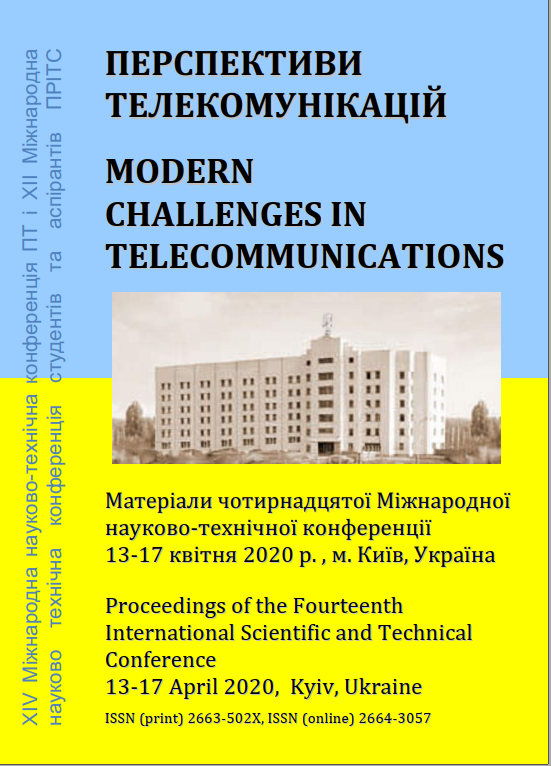МЕТОД ВИЯВЛЕННЯ DOS АТАК В SDN МЕРЕЖАХ ІЗ ВИКОРИСТАННЯМ ЕНТРОПІЇ ШЕННОНА
Ключові слова:
SDN, мережа, ентропія, трафік, контролерАнотація
У статті описана технологія виявлення DoS-атак за допомогою методу обчислення ентропії трафіку до IP-адрес призначення. Ентропія обчислюється за формулою Шеннона, на основі аналізу значення ентропії контролер SDN перерозподіляє трафік між сканерами та змінює інтервали моніторингу часу. Таким чином здійснюється виявлення та протидія атакам DoS.
Method of DoS attacks detecting in SDN networks using Shannon entropy
The article describes the technology of DoS attacks detecting using the method of calculating the entropy for traffic to destination IP addresses. Entropy is calculated by the Shannon formula, based on the analysis of the entropy value SDN controller redistributes the traffic between the scanners and changes the monitoring time intervals. This is how the DoS attacks are detected and further counteracted.
Посилання
P. Zanna, B. O'Neill, P. Radcliffe, S. Hosseini and S. Ul Hoque, 'Adaptive threat management through the integration of IDS into Software Defined Networks', 2014.
Othman, Othman El-Mahdy and Koji Okamura “Securing Distributed Control of Software Defined Networks,” in International Journal of Computer Science & Network Security, vol. 13, no. 9, 2013.
##submission.downloads##
Як цитувати
Номер
Розділ
Ліцензія
Авторське право (c) 2020 Станіслав Вікторович Валуйський, Олексій Сергійович Єфименко

Ця робота ліцензується відповідно до Creative Commons Attribution 4.0 International License.
Authors who submit to this conference agree to the following terms:a) Authors retain copyright over their work, while allowing the conference to place this unpublished work under a Creative Commons Attribution License, which allows others to freely access, use, and share the work, with an acknowledgement of the work's authorship and its initial presentation at this conference.
b) Authors are able to waive the terms of the CC license and enter into separate, additional contractual arrangements for the non-exclusive distribution and subsequent publication of this work (e.g., publish a revised version in a journal, post it to an institutional repository or publish it in a book), with an acknowledgement of its initial presentation at this conference.
c) In addition, authors are encouraged to post and share their work online (e.g., in institutional repositories or on their website) at any point before and after the conference.

